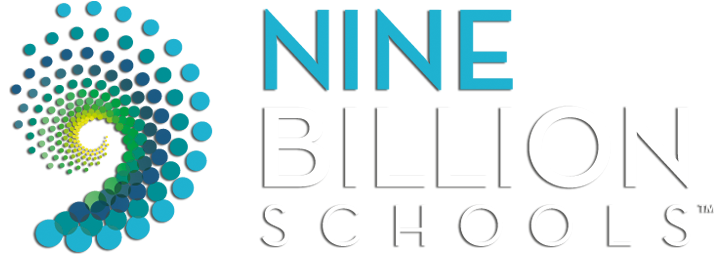The Next Steps of Artificial Intelligence in Learning
Many people contend that artificial intelligence is the future of education. But at times, the way they speak of AI calls to mind a specter, looming in the distance in an almost haunting way. “Prepare now for the future,” they say, as though AI is inching closer and closer but never quite here.
They’re wrong. Artificial intelligence is not the future of education: it’s the present! As long-ago as the early 1990s, AI has played a role in classroom education. It has been studied heavily and has steadily evolved with the changing educational landscape. AI isn’t off in the distance, it’s firmly embedded in the past, present and future of life-long, life-wide and life-deep learning.
Early Beginnings of Artificial Intelligence
The notion of AI-assisted learning as being some far-off dream of science fiction is incompatible with the reality that intelligent tutoring powered by artificial intelligence came to fruition in the 1990s. It’s there that we see the idea of classroom-assisted by AI start to take seed. It has grown since then, although not without a few stumbling blocks.
While today it’s the punch line of many jokes, memes and altogether derision of popular culture, the Microsoft Office Assistant began guiding writers and typists young and old through the basics of word processing more than 20 years ago. In a variety of switchable cartoonish avatars—the most popular of which was “Clippy” the paperclip (although the budding magician could summon Merlin, while animal lovers might have favored “Rover” the dog or “Links” the cat, among many others).The office assistant would automatically recognize key words or phrases in a document and appear on-screen to offer advice on proper formatting and structure. Students learning how to appropriately format a business letter could, for instance, rely on the Office Assistant to show them the proper location for dates, addresses and salutations. Likewise, prospective job seekers could enlist the services of the crude AI to help format a proper resume.
Flawed as it was, this early iteration of AI-as-a-tutor began as a default for operating systems as early as Windows 97.
This example, while undoubtedly a simplification of the early uses of AI, is emblematic of the early evolution of AI as a means to access information, but not learning. The difference is crucial—while the Office Assistant could tell you the “formula” for a formal business letter or resume, it did nothing in the way of helping the user learn the concepts of writing for a specific audience and adapting that for life experience. It didn’t allow for the personalization of learning or experiences. An actor would almost certainly need a resume altogether different from an astrophysicist, but on early-AI, the nuance between information and knowledge was lost.
AI in the Future
The history of how artificial intelligence has been incorporated in learning environments is expertly traced by Ido Roll, the director for the Institute for the Scholarship of Teaching and Learning at the University of British Columbia, and Ruth Wylie, Arizona State University’s assistant director for the Center for Science and the Imagination. In their peer-reviewed study published by the International Artificial Intelligence in Education Society, “Evolution and Revolution in Artificial Intelligence,” they both explore how AI in education has been incorporated historically—as early as 1994—and present a roadmap for how its function can be shifted to meet the goals for the future.
Much as education has shifted from a “knowledge is a product” mindset, to a lifelong, “knowledge is a process” endeavor, AI must shift from simply providing information, to helping learners encode that information through connections between various concepts and life applications.
This can take a variety of forms. Roll and Wylie, for instance, point towards digital textbooks that guide readers through interactive learning environments. Instead of a static list of facts (“Columbus sailed the ocean blue…”), AI can be integrated into texts to provide for personalized learning.
With just a little imagination, the possibilities for this are endless! Who would choose to read a timeline of the Lewis and Clark expeditions when they could use AI, coupled with virtual reality, to strap on a headset and explore America’s frontier right alongside the explorers. Done well, AI can get learners to physically explore the past in a hands-on way never before possible. It’s a new way of learning with unique benefits, combining history, technology and entertainment, and physical education.
L3 Learning and Artificial Intelligence
It’s this shift—or revolution, as described by Roll and Wylie—of AI moving from a fact-based tutor into an interactive partner. Reaching it, however, is just as much a matter of mindset as technological capabilities. Just as the 9 Billion Schools mission is to move away from a learning model that’s prescriptive and static, we have to push the possibilities of technology to move along with us. Not to mention, creating new models for classroom instruction that harnesses the power of AI in ways not yet considered or explored.
This is why L3 Learning is just as much about moving every aspect of society towards the technological future as it is keeping up with technology itself. As we push ourselves to adhere to life-long, life-wide and life-deep principles under which each person can flourish and learn, we’re increasing the collective ability of society to utilize current technology as a learning tool. But along the way, we’re simultaneously pushing the potential of technology and society to expand and grow in ways we may have yet to imagine!
When each person is a school unto themselves, powerful things can happen. That’s a real and present fact.






